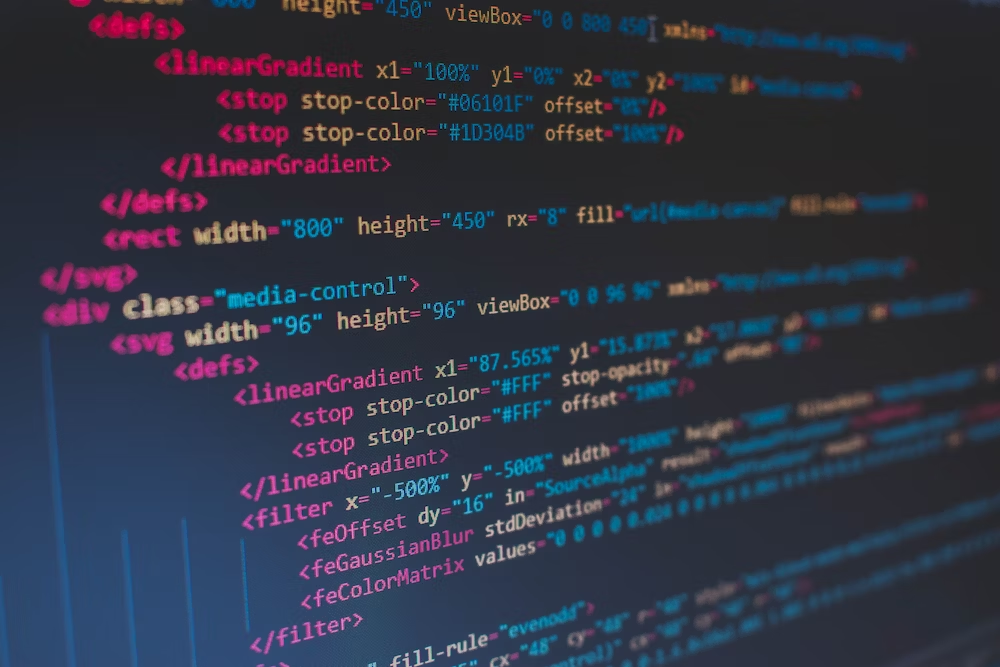
Coding in biosensors typically involves programming the microcontrollers or microprocessors that control the operation of the biosensor device. Here are some key aspects of coding in biosensors:
**Microcontroller Programming: **Biosensor devices often include microcontrollers or microprocessors that manage sensor operation, data acquisition, signal processing, and communication with external devices or systems. Programming these microcontrollers involves writing code in languages such as C, C++, or embedded C to implement sensor control algorithms, data processing algorithms, and communication protocols.
**Sensor Interface: **The code for biosensors includes routines to interface with the sensors themselves. This may involve configuring sensor settings, initializing sensor modules, reading sensor data, and interpreting sensor outputs. Sensor interface code may vary depending on the type of sensor used (e.g., electrochemical, optical, or biological sensors) and the communication protocol employed.
**Data Processing and Analysis: **Biosensor code often includes algorithms for processing and analyzing sensor data to extract meaningful information or detect specific analytes. This may involve signal filtering, noise reduction, calibration, feature extraction, and data fusion techniques to enhance the accuracy and reliability of sensor measurements.
**Communication Protocols: **Biosensor devices may communicate with external devices or systems using various communication protocols, such as UART, SPI, I2C, USB, Bluetooth, or Wi-Fi. Coding in biosensors includes implementing communication protocols to exchange data with other devices, such as smartphones, computers, or cloud servers, for data storage, analysis, and visualization.
User Interface: Some biosensor devices include user interfaces, such as displays, buttons, or touchscreens, for user interaction and feedback. Coding for biosensor user interfaces involves designing graphical user interfaces (GUIs), implementing menu systems, handling user inputs, and displaying sensor data or results in a user-friendly format.
**Power Management: **Biosensor code may include power management routines to optimize energy consumption and prolong battery life in portable or battery-powered devices. This may involve sleep modes, low-power operation, and dynamic power management techniques to minimize power consumption during idle or low activity periods.
**Error Handling and Diagnostics: **Biosensor code should include error handling routines to detect and handle sensor errors, communication errors, or system faults. This may involve implementing error codes, status flags, or diagnostic messages to indicate the operational status of the biosensor and facilitate troubleshooting and maintenance.
Conclusion:
Overall, coding in biosensors requires expertise in embedded systems programming, sensor interfacing, data processing algorithms, communication protocols, and software development practices to design, implement, and deploy functional and reliable biosensor devices for various applications in healthcare, environmental monitoring, food safety, and biotechnology.



